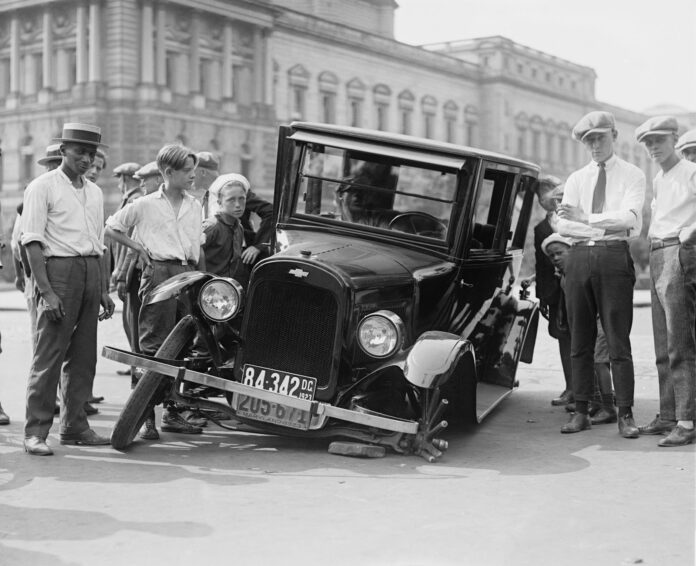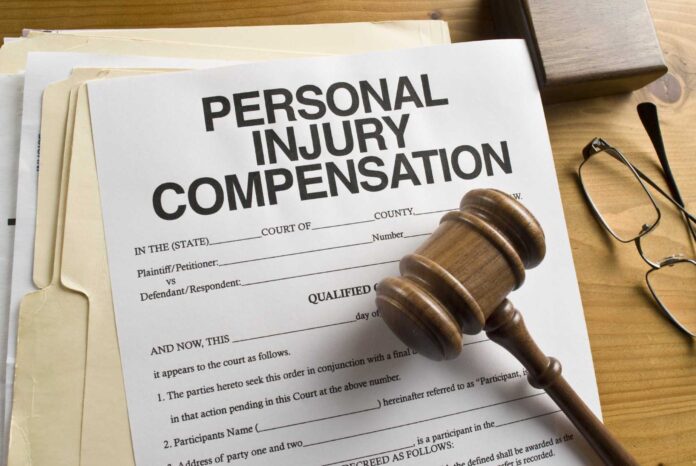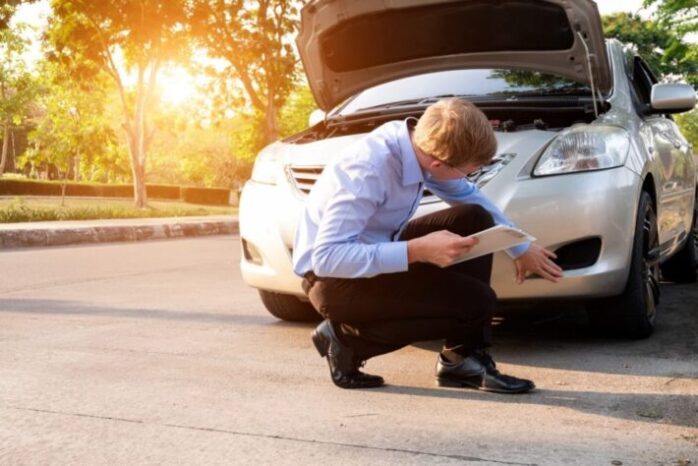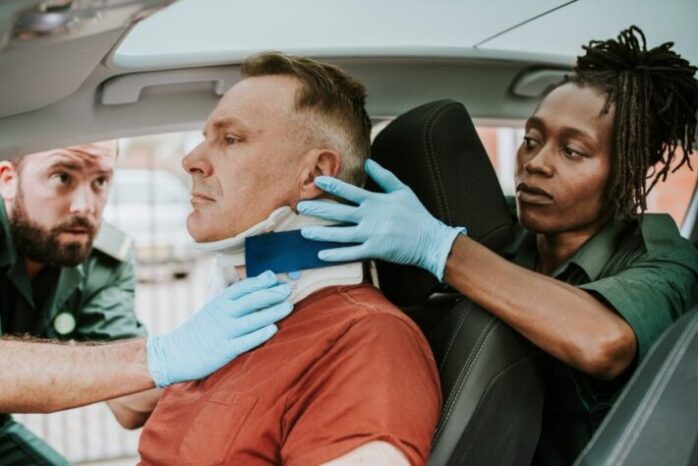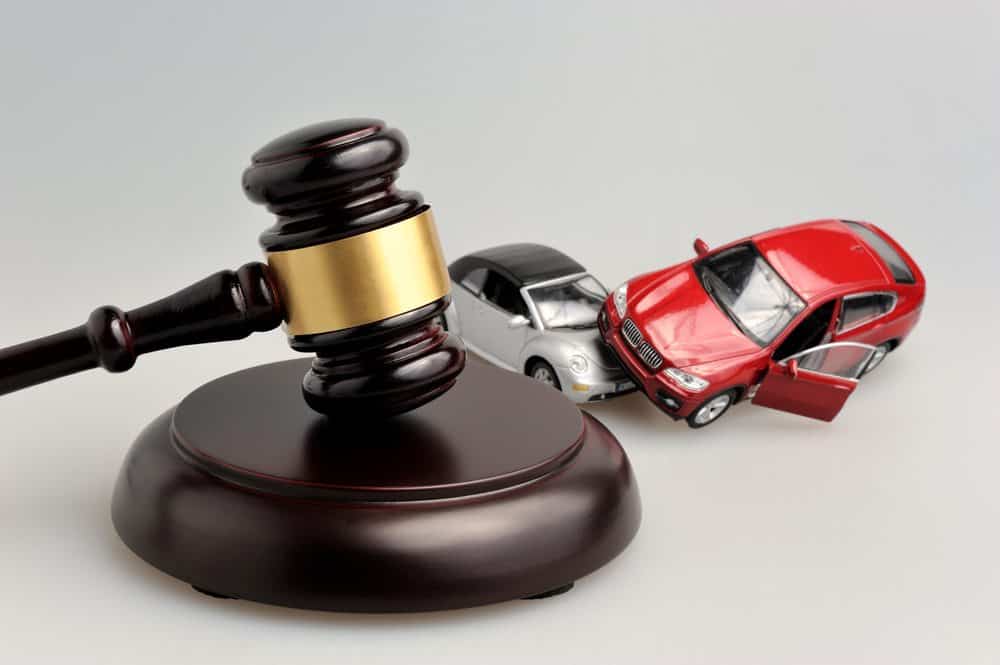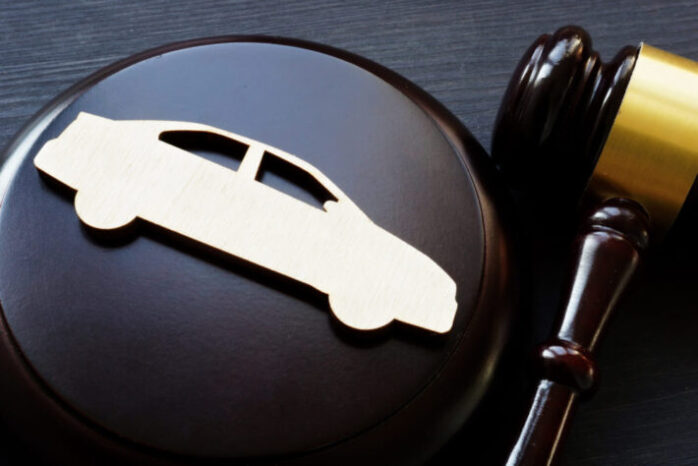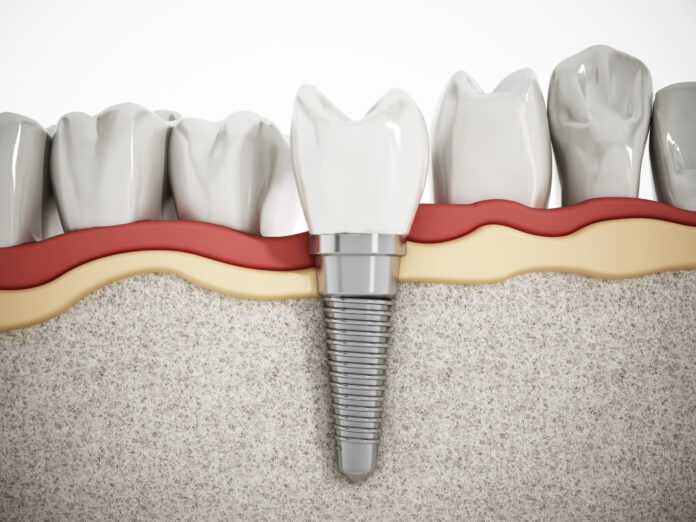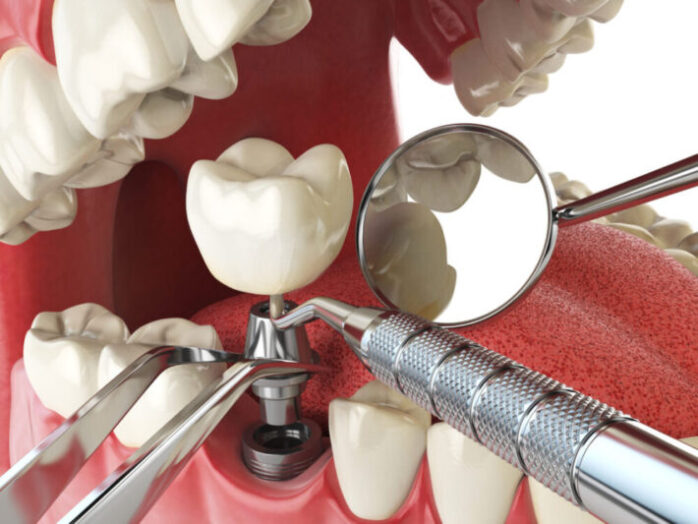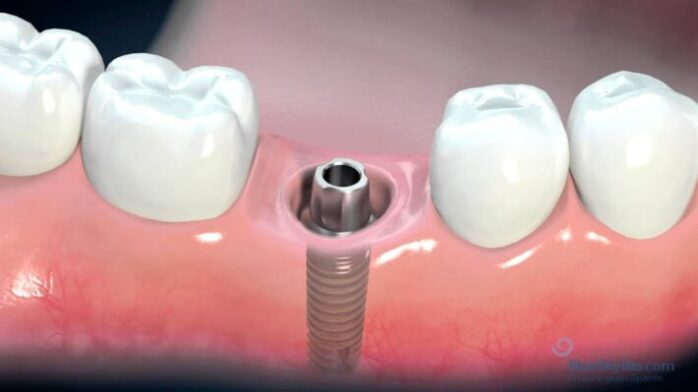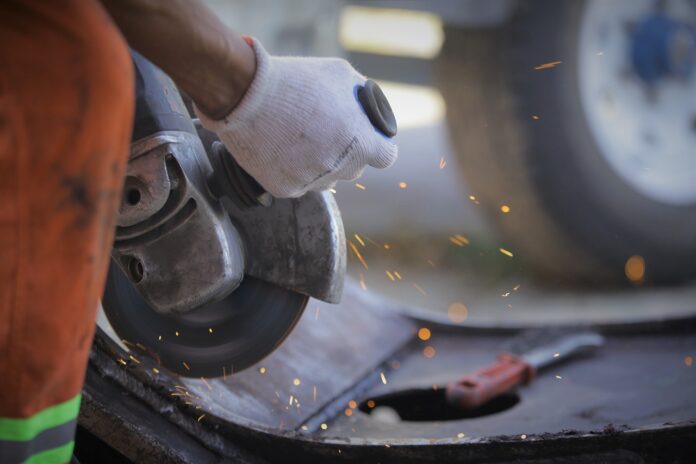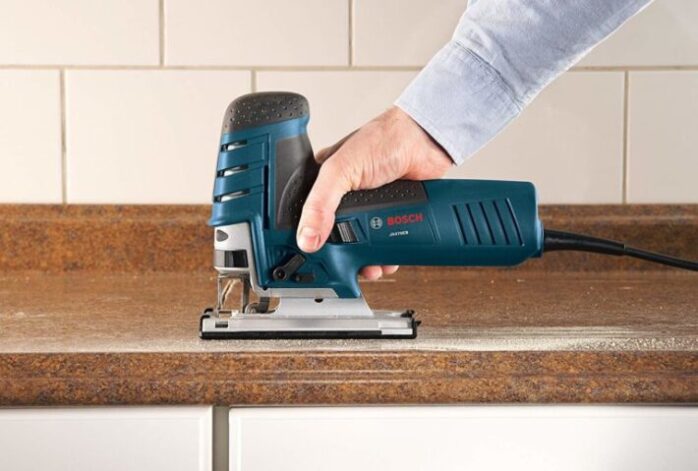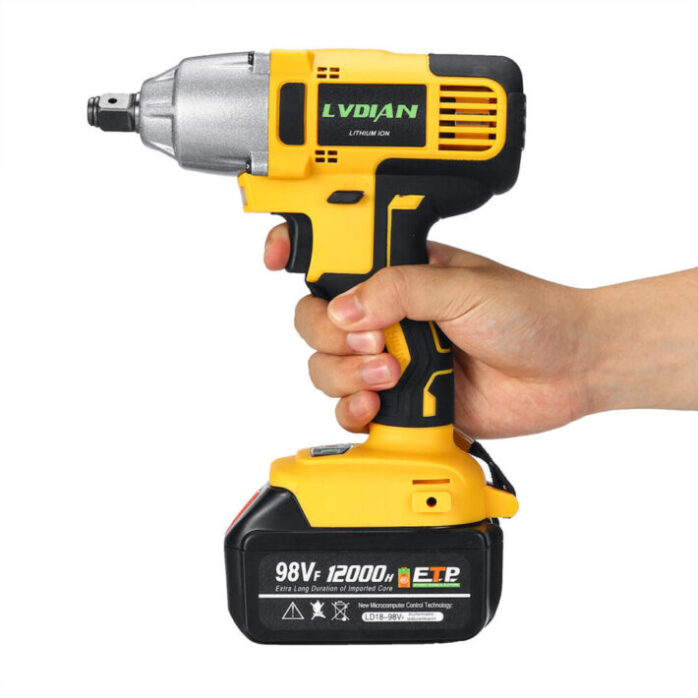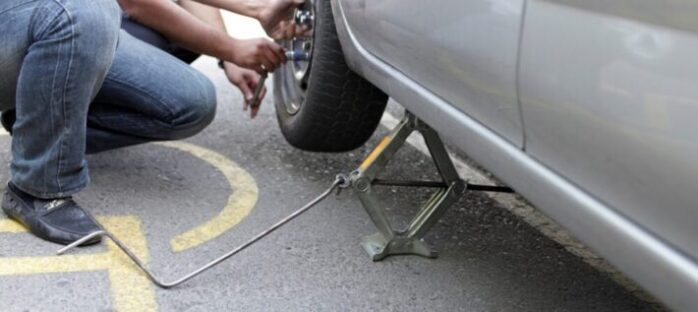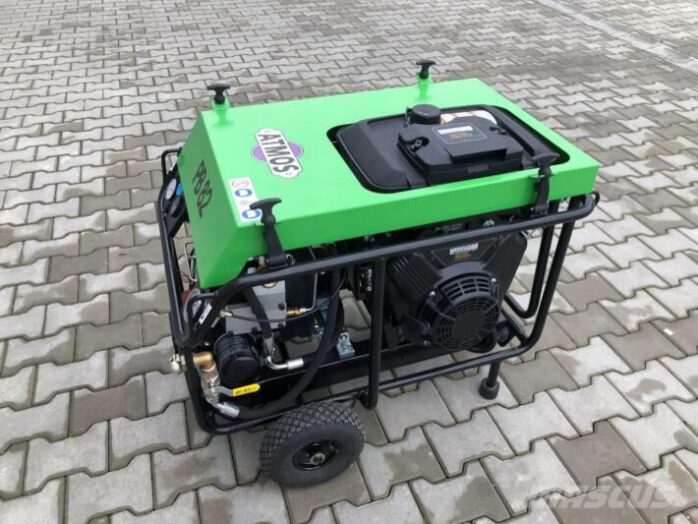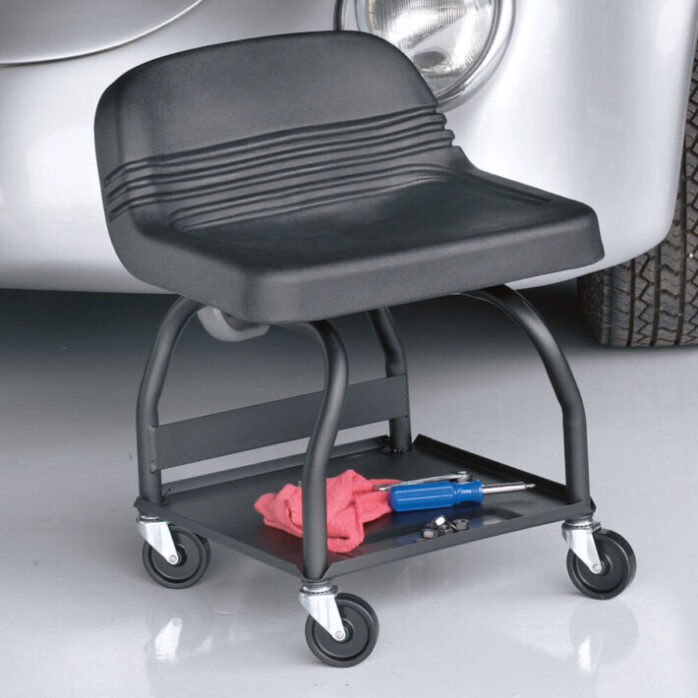Most car owners have to deal with unfortunate financial losses at the end of their ownership period. This means that any owner will likely lose money after they decide to part ways with their present car. It is normal, yet losses could be minimised and shrunk down if most owners would not make very common mistakes. In this article we’ll try to overview common ownership mistakes and show how most owners help their cars lose value quicker than they’re supposed to.
Low quality oils and fuel

Oil and fuel are food for the car. Alright, maybe this is a bit too much emotion, but in general, the engine consumes oil and fuel to run which means if you give it better oil and fuel, it will run longer and be more reliable both short and long-term.
A lot of owners are not much concerned with the quality of oil they put in. Saving 2 pounds, euros or dollars on every gas tank fill up or 20 pounds every 10 thousand kilometres is quite short-sighted as well because if the engine ages prematurely – you can only blame yourself.
Failing to service regularly

Service check-ups aren’t just for a nice stamp in the service book. They allow certified mechanics to take a look at your car and analyse its current state, even on a superficial level. If there are any major concerns, a service check-up is your best bet to solve them. Failing to service allows small problems to get bigger and of course – expensive.
Letting the car sit for too long
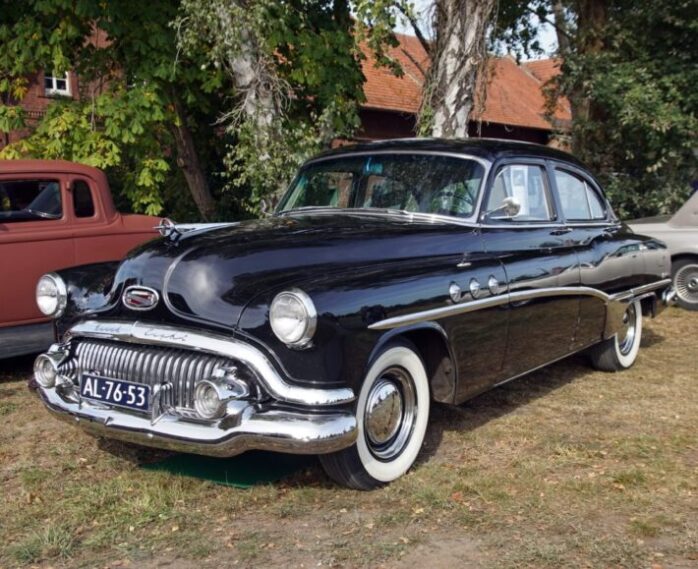
Cars are meant to be driven. If your car sits for longer than one week, you should go and turn on the ignition and let it run for 5-10 minutes. If a car isn’t used, it should still receive minimal attention because all of the mechanical components can get so-called ‘sitting damage’. It does not occur within weeks or the first month even. However, after a while, a cold start can reveal some strange noises or strange engine behaviour.
Too much chemical treatment on the interior

Chemical cleaning is only good if your interior is in a very poor shape. Frequent application of chemicals on leather or textile is very damaging, no matter how safe and premium the cleaning agents are. The affects of chemical deterioration only appear after a while but every time you take your car to a specific car wash where it gets chemical interior treatment – the durability and integrity of upholstery is diminished.
We would recommend cleaning your interior with the most harmless agents and taking it to car washes where cleaning agent use is minimal or select an appropriate washing programme.
Poor chassis maintenance
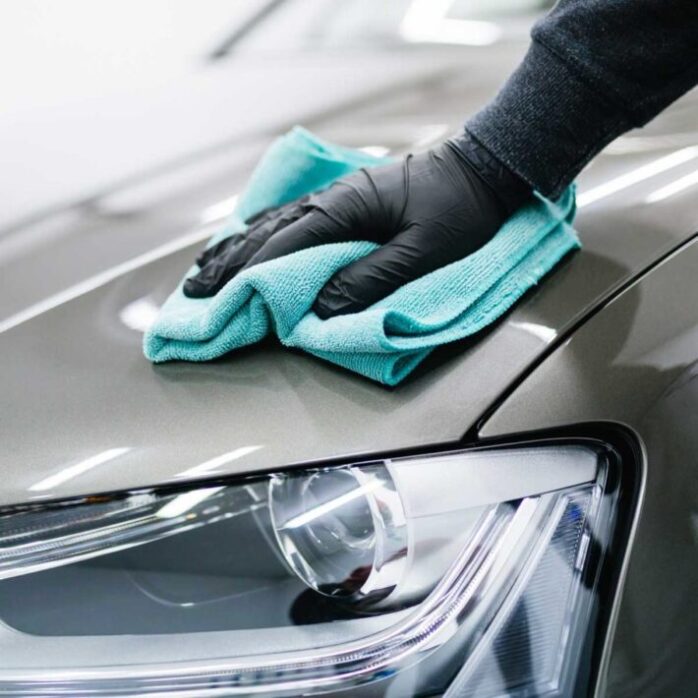
Ride quality, handling, stability on the road and overall safety on the road mostly depends on the integrity of the chassis. Only very few places in the world can claim to have level and great roads where chassis and ride maintenance are minimal or none. In regions where you have severe season changes, road quality is usually not very good (except Scandinavia, of course). Temperature changes cause the asphalt to rupture and rural and busy city roads become very difficult to fix and maintain properly.
The whole chassis is comprised of many different parts that vary according to their importance and complexity. Small defects can cause whirring and whooshing noises while driving, severe defects can hamper the ride smoothness when going over bumps and during cornering. It’s really important that the wheel and steering mechanisms are intact because if something goes wrong, you could cause an accident. Bad chassis maintenance is also a major negotiation angle for used car buyers.
They will complain about scuffs, dents and minuscule issues on the exterior as well as complain about the ride quality just to drive the price down. If you properly maintain your chassis and know the issues, you can avoid a shrewd negotiation process and not lose as much as you regularly would.
Torturing a cold engine
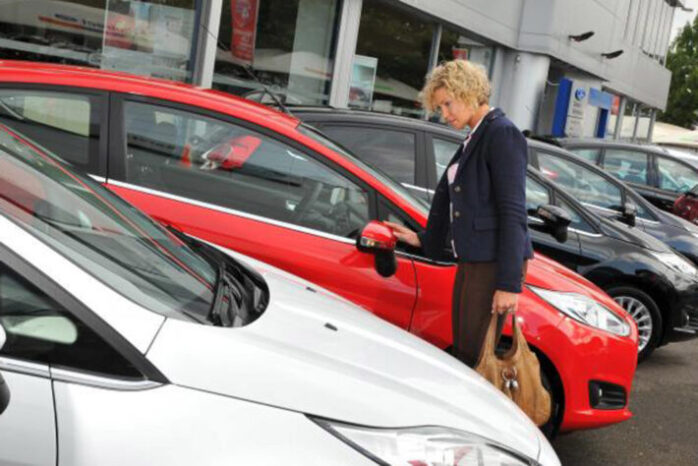
This is a major issue with low-end performance cars which are frequently bought by young and very adventurous drivers. They want to be on maximum attack right after leaving the driveway but that is very dangerous to the engine. A performance car is designed to run on optimal conditions and its mechanical parts are usually very delicate. A cold engine should be taken easy and not pushed near the limit. Once it heats up and reaches a near decent temperature, you can progressively increase revs and enjoy turbo boost.
If you do not, you risk various engine defects and damages in all sorts of components, ranging from head gaskets all the way to belts and turbochargers. Usually, however, seals are the first to go meaning that you’ll have a noticeable oil leak which the buyer will use against you to drive down the price.
Not refurbishing when necessary

Some parts wear more than others. For example – the driver seat headrest upholstery will be much more worn out than the cupholders on the back seat if you drive alone. That’s just logical. If you want to know, the steering wheel and your dashboard have the most noticeable signs of wear & tear amongst all interior elements. Buyers look at the steering wheel and in some countries can even correctly guess that the odometer has been tampered with because the car looks much more worn than its documents show. However, in Western countries a worn leather or wood steering wheel is just an indication of poor maintenance. You can avoid it by choosing to refurbish your steering wheel. The same applies to your dashboard as well.
https://www.woodensteeringwheels.com/ – check it out if you’re interested!

